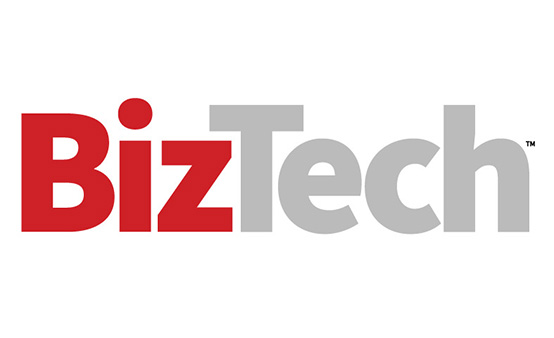Step 3: Establish Tech Readiness Before Deployment
Many SMBs underestimate the technical groundwork required for a smooth Copilot deployment. Tenant readiness assessments are essential to confirm that licensing is optimized, meaning that users have the qualifying Microsoft licenses that unlock Copilot’s full potential. Security and compliance measures must also be in place — including sensitivity labels, data loss prevention policies and access controls to ensure Copilot shares the right information to the right people. Most important, the data should be organized and accessible. A clean, well-structured Microsoft 365 environment helps Copilot return more accurate and relevant results.
Skipping this stage can lead to severe security gaps that undermine adoption.
LEARN MORE: Prepare your business for any Microsoft Copilot deployment.
Step 4: Focus on End-User Enablement
Too often, IT leaders assume that if a license is active, productivity gains will happen. But employees must be trained on Copilot, otherwise they may use only a fraction of the tool’s capabilities.
End-user enablement typically consists of live training sessions for initial adopters to demonstrate real-world use cases in Word, Excel, Outlook, PowerPoint and Teams. Role-specific scenarios are also helpful to show how Copilot can streamline the tasks each persona performs most often.
A phased rollout also helps SMBs manage change effectively. Start with a core group of users; gather feedback; and adjust governance, training and workflows before scaling across the business.
DIG DEEPER: The solutions and services that can help your small business.
Step 5: Monitor ROI and Optimize
Once Copilot is in use, IT leaders should regularly check whether it’s delivering the expected outcomes. Set core metrics of success and measure them through:
- Productivity analytics in Microsoft or Inscape to track changes in meeting efficiency, document turnaround time and collaboration patterns.
- Business KPIs tied to the original goals such as increased sales outreach volume, reduced report generation time or improved campaign delivery speed.
- User feedback loops to identify underutilized features or new opportunities for integration with other Microsoft tools.
FIND OUT: Over 900 IT decision-makers discuss AI's impact on the IT landscape.
How CDW Can Support SMB Copilot Adoption
To optimize success, SMBs looking for a guided path to Copilot success can draw from a few CDW services, including:
Vision and Values Workshop: Aligns Copilot capabilities with business goals, identifies ideal user personas, defines initial use cases and models potential ROI
Copilot Readiness Assessment: Reviews licensing, security posture and tenant configuration to ensure a secure, effective rollout.
Copilot Quick Start: Provides live, role-based training for up to 25 users, focusing on hands-on adoption strategies
Inscape Platform: Offers on-demand Copilot training modules and adoption tracking, allowing admins to assign learning paths before licenses go live
Above all, IT leaders should remember that adoption is not just about turning on a feature. It’s about aligning people, processes and technology to ensure that the AI works for the business, not the other way around.
This article is part of BizTech's AgilITy blog series.












